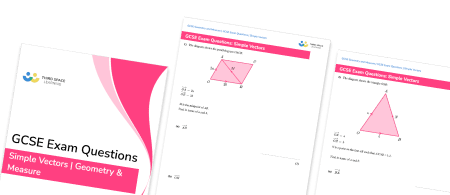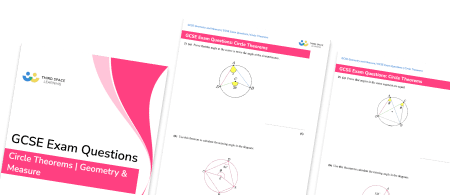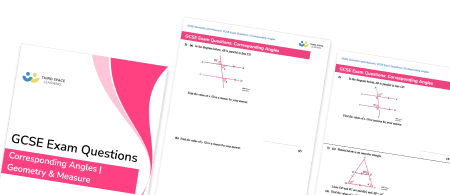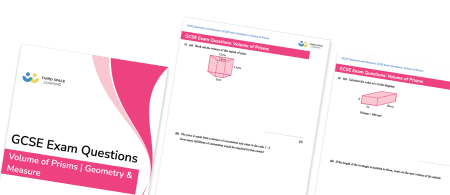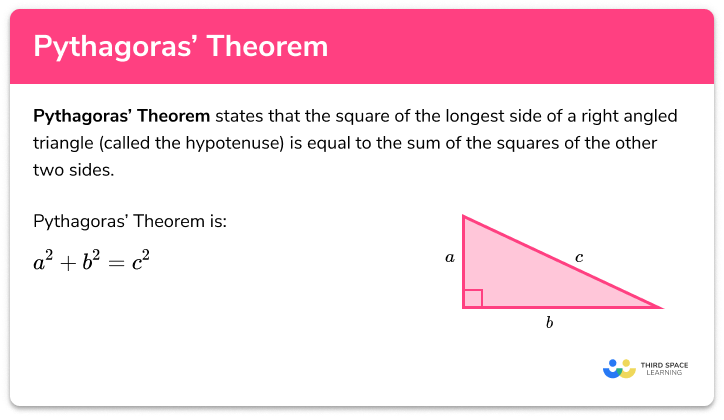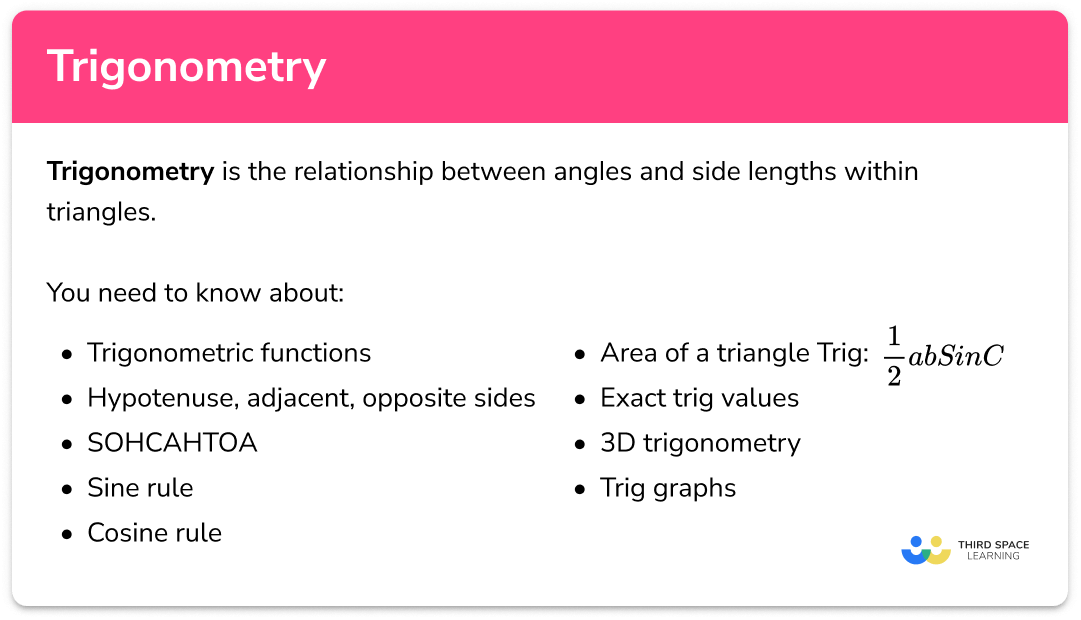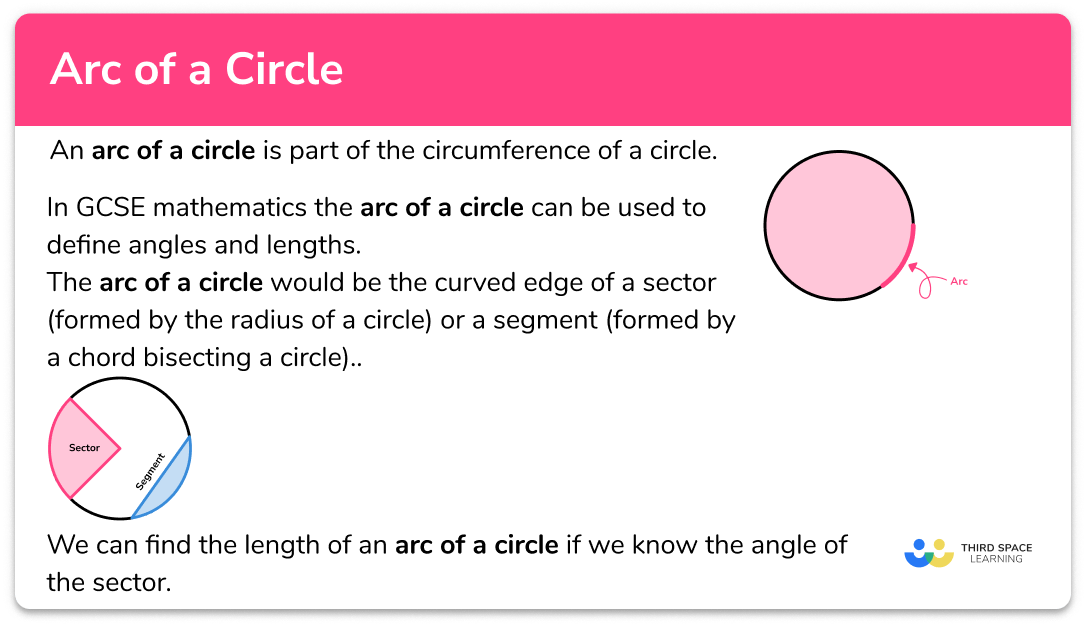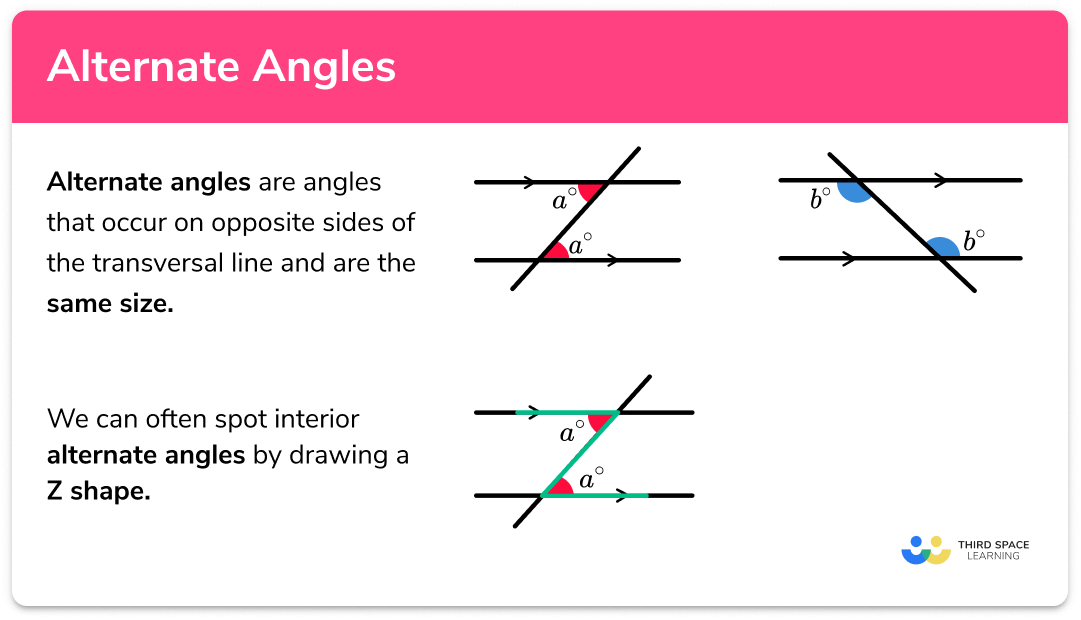FREE DOWNLOAD
Angles In Parallel Lines Worksheet

Help your students prepare for their Maths GCSE with this free angles in parallel lines worksheet of 35 questions and answers
- Section 1 of the angles in parallel lines worksheet contains 27 skills-based angles in parallel lines questions, in 3 groups to support differentiation
- Section 2 contains 4 applied angles in parallel lines questions with a mix of worded problems and deeper problem solving questions
- Section 3 contains 4 foundation and higher level GCSE exam style angles in parallel lines questions
- Answers and a mark scheme for all questions are provided
- Questions follow variation theory with plenty of opportunities for students to work independently at their own level
- All questions created by fully qualified expert secondary maths teachers
- Suitable for GCSE maths revision for AQA, OCR and Edexcel
Unlock access to download your free resource
You can unsubscribe at any time (each email we send will contain an easy way to unsubscribe). To find out more about how we use your data, see our privacy policy.
Angles in parallel lines at a glance
A pair of straight lines on a plane are parallel if they never meet, and are usually denoted by arrows. When a pair of parallel lines is cut with an intersecting line (called a transversal), corresponding angles and alternate angles are formed. There are associated angle facts about corresponding angles, alternate angles and co-interior angles, which are useful when solving problems to find missing angles in parallel lines.
To identify alternate angles, we look for a Z shape. The pair of angles inside the z shape are alternate interior angles, and these are equal. Alternate exterior angles are formed outside the pair of parallel lines, and these are also equal. The distinction between alternate interior angles and alternate exterior angles is not required at GCSE, but can be useful for encouraging students to look outside the pair of parallel lines for pairs of angles.
To identify corresponding angles, we look for an F shape and the pair of angles inside the two ‘arms’ of the F are equal. As a general rule, corresponding angles occur on the same side of the transversal line,
When parallel line diagrams are given in GCSE exam style questions, they are not drawn to scale; it is important to remind students that they cannot measure the size of the angle using a protractor, and they should solve using geometric reasoning and angle properties instead.
Looking forward, students can then progress to additional angles worksheets and other geometry worksheets, for example an angles in polygons worksheet or volume and surface area of spheres worksheet.

For more teaching and learning support on Geometry our GCSE maths lessons provide step by step support for all GCSE maths concepts.
Do you have GCSE students who need additional support?

There will be students in your class who require individual attention to help them achieve their target GCSE maths grade. In a class of 30, it’s not always easy to provide.
Help your students feel confident with exam-style questions and the strategies they’ll need to answer them correctly with personalised online one to one tutoring from Third Space Learning
Lessons are selected to provide support where each student needs it most, and specially-trained GCSE maths tutors adapt the pitch and pace of each lesson. This ensures a personalised revision programme that raises grades and boosts confidence.

